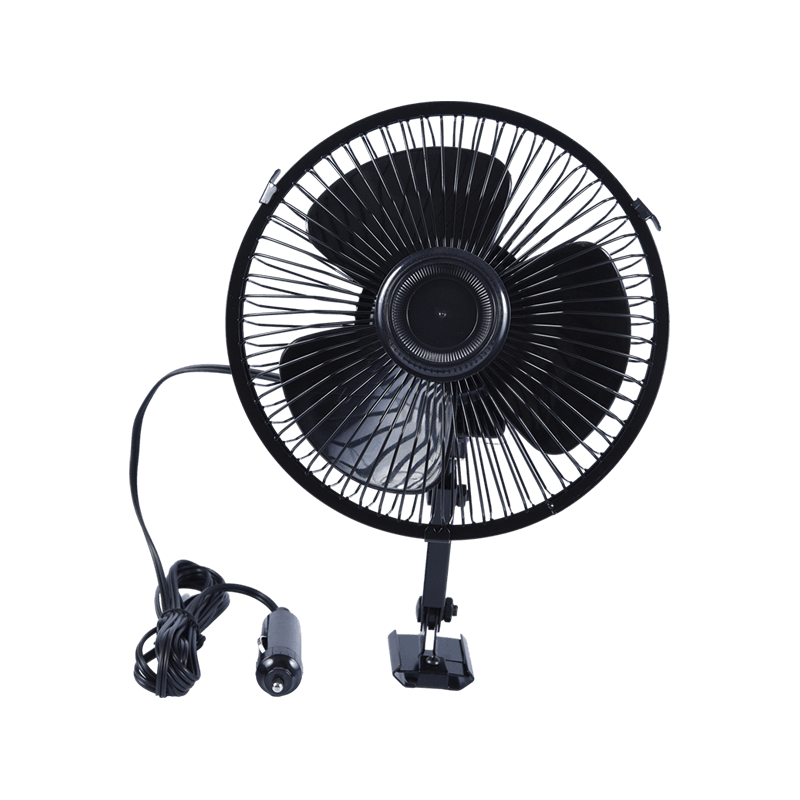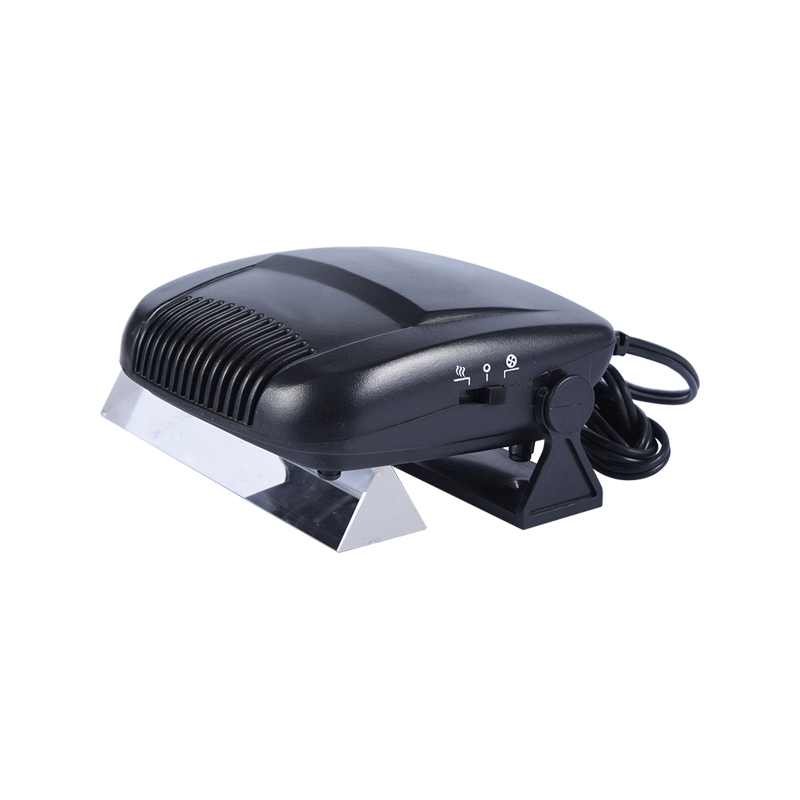During winter driving, the Car Heater is not only a guarantee of comfort, but also an important line of defense for windshield defogger and driving safety. When the heating system cannot output hot air, car owners often face double troubles: biting cold and potential mechanical hazards.
1. Coolant system failure (accounting for 38%)
Professional mechanism:
The car heating system is essentially an extension of the engine cooling system, relying on circulating coolant to transport the engine waste heat to the heater tank. When the coolant level is lower than the standard value (usually due to leakage or evaporation), or there is a circulation obstruction (such as water pump failure, pipeline gas accumulation), the heat exchange efficiency will drop sharply.
Identification features:
The water temperature warning light on the dashboard is on
Pink/green coolant crystals can be seen in the engine compartment
The temperature at the heater outlet shows a "gradual cooling" phenomenon
Solution:
Use a special pressure tester to detect the sealing of the cooling system (standard pressure range: 1.3-1.5 bar)
Add ethylene glycol-based coolant that meets the HEC-II standard (mixing ratio recommended 50:50)
Perform the cooling system exhaust procedure every 24 months or 40,000 kilometers
2. Thermostat failure (accounting for 22%)
Professional mechanism:
The electronic thermostat is responsible for regulating the coolant circulation path. When the thermostat is stuck in the "normally open" state, the coolant will always circulate through the radiator, causing the engine to fail to reach the optimal operating temperature (usually maintained at 88-95℃), which in turn leads to insufficient heat source for the heater tank.
Identification features:
The water temperature gauge rises slowly after the cold car is started (it does not reach the center line for more than 15 minutes)
The OBD detector shows that the actual water temperature is lower than the ECU setting value
The heating effect is significantly weakened during short-distance driving in winter
Solution
Replace the integrated thermostat assembly with a temperature sensor, and simultaneously update the ECU control program to adapt to the new component parameters.
3. Blockage of the heater tank (accounting for 19%)
Professional mechanism:
The aluminum heater tank pipe with a diameter of only 5-8mm is very susceptible to blockage by rust products or inferior coolant sediment. Laboratory tests show that when the flow cross-sectional area is reduced by 30%, the heat output power can drop by up to 57%.
Identification features:
A small amount of coolant leaks on the cockpit floor
When the heater is turned on, there is a sound of water flow or metal friction
White crystals are detected in the air conditioning filter
Solution:
Use reverse pulse cleaning equipment with acidic cleaning agent (PH value 3.5-4.2) to descale the pipeline. Severe blockage requires replacement of the original heater tank assembly.
4. Mixing damper actuator failure (accounting for 12%)
Professional mechanism:
The automatic air conditioning system adjusts the mixing ratio of hot and cold air through the damper driven by the servo motor. When the potentiometer signal is distorted or the gear set is damaged, the damper may continue to be in the "full cold" position.
Identification characteristics:
No airflow temperature response when the air conditioning temperature setting changes
The clicking sound of gear idling is heard from the inside of the instrument panel
The B10D7 fault code is read using the diagnostic instrument
Solution:
Reset the damper travel parameters and replace the third-generation Hall effect actuator with self-calibration function.
5. Blower resistor aging (accounting for 6%)
Professional mechanism:
The blower resistor realizes multi-speed wind speed adjustment by changing the current path. Long-term high-load operation will cause carbonization of the ceramic substrate, causing the low-speed gear to fail, which indirectly affects the heat diffusion efficiency.
Identification features:
Only the highest wind speed gear can work normally
Brown burn marks appear on the surface of the resistor
The air conditioning control module records U0155 communication fault
Solution:
Upgrade to metal oxide resistors with temperature protection coating, and check the wear of the blower motor carbon brush.
VI. Abnormal belt drive system (accounting for 3%)
Professional mechanism:
Some models use independent belts to drive the warm air water pump. When the belt tension is insufficient (less than 400N) or cracks appear, the water pump speed decreases, resulting in reduced heat exchange efficiency.
Identification features:
Warm air temperature fluctuates during rapid acceleration
Visual inspection of the belt groove depth is less than 3mm
Infrared thermometer shows that the temperature difference between the inlet and outlet of the warm air water tank is greater than 20℃
Solution:
Use a laser alignment instrument to adjust the coaxiality of the pulley and replace the multi-V belt with aramid fiber reinforcement layer.
Automotive heating failures often present an "iceberg effect" - surface phenomena may cover up deeper mechanical risks. It is recommended that car owners should first check the coolant circulation system (accounting for more than 60% of the total faults) when encountering abnormal heating, and use OBD diagnostic tools to accurately locate the fault. Regular cooling system maintenance (every 2 years/40,000 kilometers) can reduce the heating system failure rate by 73%.


 English
English Português
Português عربى
عربى 中文简体
中文简体











